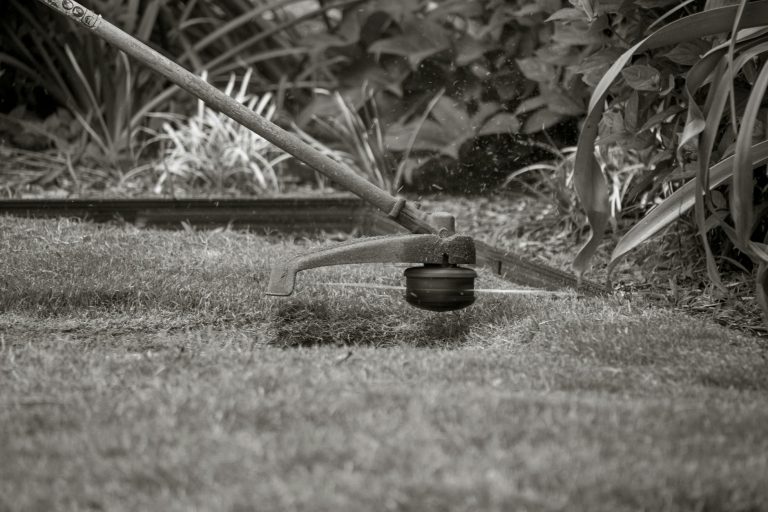Weed Lifecycle Uncovered: Best Strategies for Effective Control
Uncover the secrets of the weed lifecycle to keep your outdoor space pristine. By understanding the stages of germination, growth, reproduction, and dormancy, you can tackle weed control like a pro and maintain a flourishing garden or yard. Lets dive into the world of weeds and discover the best strategies for effective control!
Weed Lifecycle Uncovered: Best Strategies for Effective Control
Weeds are a persistent nuisance that can quickly take over a garden or lawn if left unchecked. Understanding the weed lifecycle is crucial for effective control and maintenance of your outdoor space. By familiarizing yourself with the stages of a weed’s life and implementing the right strategies, you can effectively manage and prevent weed growth. In this article, we will delve into the intricacies of the weed lifecycle and explore the best strategies for controlling weeds in your garden or yard.
Understanding the Weed Lifecycle
Weeds, like all plants, go through a lifecycle that consists of several stages: germination, growth, reproduction, and dormancy. Germination is the initial stage where a weed seed begins to sprout and develop roots. This process is triggered by factors such as moisture, temperature, and sunlight. Once the seed has germinated, the weed begins its growth phase, where it competes with other plants for nutrients and resources. Weeds are prolific reproducers, producing seeds that can remain dormant in the soil for years before sprouting. Understanding the different stages of the weed lifecycle is essential for effective weed control.
Identifying Weed Types
Before implementing weed control strategies, it is crucial to identify the types of weeds growing in your garden or lawn. Common weed types include broadleaf weeds, grassy weeds, and perennial weeds. Each type has unique characteristics and growth patterns, requiring different approaches for effective control. By accurately identifying the weeds in your outdoor space, you can tailor your control methods to target them more efficiently.
Effective Weed Control Strategies
1. Preventive Measures: One of the best strategies for weed control is prevention. Maintaining a healthy lawn or garden through proper watering, fertilization, and mowing can prevent weeds from taking root. Thick, lush grass or plants can outcompete weeds for space and resources, reducing weed infestations.
2. Mechanical Control: Hand-pulling weeds or using tools like a hoe or shovel can be effective for removing weeds manually. This method is ideal for small infestations or spot treatments in specific areas. Be sure to remove the entire weed, including the roots, to prevent regrowth.
3. Mulching: Applying mulch to garden beds can help suppress weed growth by depriving weeds of sunlight and stifling their germination. Organic mulches like wood chips or straw not only prevent weeds but also enrich the soil as they decompose.
4. Chemical Control: Herbicides are chemical substances that can be used to control weeds. Selective herbicides target specific weed types without harming desirable plants, while non-selective herbicides kill all plant types. It is essential to follow the instructions carefully when using herbicides to prevent damage to your garden or lawn.
5. Integrated Weed Management: Combining various control methods, such as preventive measures, mechanical control, and chemical control, in an integrated approach can be highly effective in managing weeds. By using a combination of strategies, you can tackle weeds from multiple angles and achieve long-term control.
Conclusion
Effective weed control requires a comprehensive understanding of the weed lifecycle and the implementation of targeted strategies for prevention and management. By identifying weed types, selecting appropriate control methods, and employing integrated weed management techniques, you can maintain a healthy, weed-free outdoor space. Remember that consistency is key when it comes to weed control, so regular maintenance and monitoring are essential for keeping weeds at bay. With the right strategies in place, you can enjoy a beautiful and thriving garden or lawn free from the clutches of unwanted weeds.






